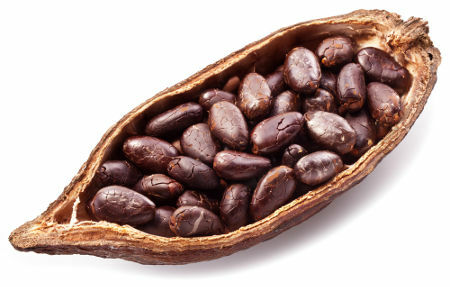O passive transport is the name given to all types of transport of substances across the membrane that do not lead to cell to energy expenditure. Simple diffusion, facilitated diffusion and osmosis are types of passive transport.
Read more: Plasma membrane - main features and function
Passive transport summary
It is the diffusion of a substance through the membrane without energy expenditure.
It can be classified into simple diffusion, facilitated diffusion and osmosis.
In simple diffusion, molecules move from the more concentrated medium to the less concentrated medium.
In osmosis, the Water moves from a medium with a lower concentration of solute to a medium with a higher concentration of solute through a semipermeable membrane.
In facilitated diffusion, passive transport is aided by proteins.
Video lesson on passive transport and active transport
Important Concepts About Passive Transport
Before we understand what passive transport is, we need to know some basic concepts:
Solute: substance that can be dissolved by a solvent. When we dissolve sugar in water, sugar is the solute and water is the solvent.
Solvent: substance that dissolves other substances. As in the example above, water is a type of solvent.
Hypertonic medium: has a higher solute concentration than other media.
Hypotonic medium: has a lower solute concentration than other media.
Isotonic medium: has the same concentration of solute as other media.
passive transport
The plasma membrane acts in cells as a barrier that controls the entry and exit of molecules. The transport of substances across the membrane can be active, when energy is used, or passive, when no energy is used. We can divide passive transport across the membrane into three types: simple diffusion, osmosis and facilitated diffusion.
simple broadcast

Substances, in the absence of other forces, tend to diffuse from a more concentrated solution to a less concentrated solution. This diffusion occurs in the cells without any energy expenditure Thecontente, and the substance diffuses towards its concentration gradient. Simple diffusion can be observed, for example, when a cell captures oxygen to perform the cellular respiration. Oxygen diffuses into the cell through the plasma membrane, and as the cell uses the oxygen obtained, more oxygen enters it.
Osmosis
Osmosis can be defined as the movement of water molecules across a semipermeable membrane. In osmosis, water moves from a region of low solute concentration to a region with high solute concentration, that is, water moves from a less concentrated region to a more concentrated.
If we put a cell in a hypertonic medium, it will lose water to the environment through osmosis. If we put it in a hypotonic medium, water will enter the cell, which can even break apart. THE euglenait is a single-celled organism that lives in a freshwater environment, meeting in a hypotonic environment. Water therefore tends to enter the interior of the cell by osmosis. To prevent the cell from breaking down, it has a specialized organelle called a contractile vacuole, which collects water from various parts of the cell and pumps it out.

In cells that have cell wall, like plant cells, the wall prevents them from breaking. THE plant cell in hypotonic medium it will expand to some extent, becoming turgid (firm and with lots of water). The turgid cell in most plants corresponds to the healthy state of the plant. When a plant cell is placed in a hypertonic medium, it will lose water and shrink, causing the plasma membrane to detach from the cell wall, a phenomenon known as plasmolysis. This process can be reversed.
In everyday life, we can easily observe osmosis occurring in plant cells. If we take a lettuce leaf and put some table salt on its surface, we will find that after a while this leaf will become flabby. This happens because the external environment is hypertonic, causing the water to leave the cells through osmosis. To learn more about this process, read our text: Osmosis.
Diffusion facilitated
Simply put, we can define facilitated diffusion as a passive transport aided by proteins. Not all molecules cross the plasma membrane freely, and some need “help” for this passage to occur. This help is provided by transport proteins, which can be carrier proteins or channel proteins.
At carrier proteins they bind to the specific solute and undergo changes that ensure the movement of that solute across the membrane. At channel proteins, in turn, form pores that allow the passage of specific solutes. It is noteworthy that each protein is very selective, allowing only certain solutes to cross the membrane.



